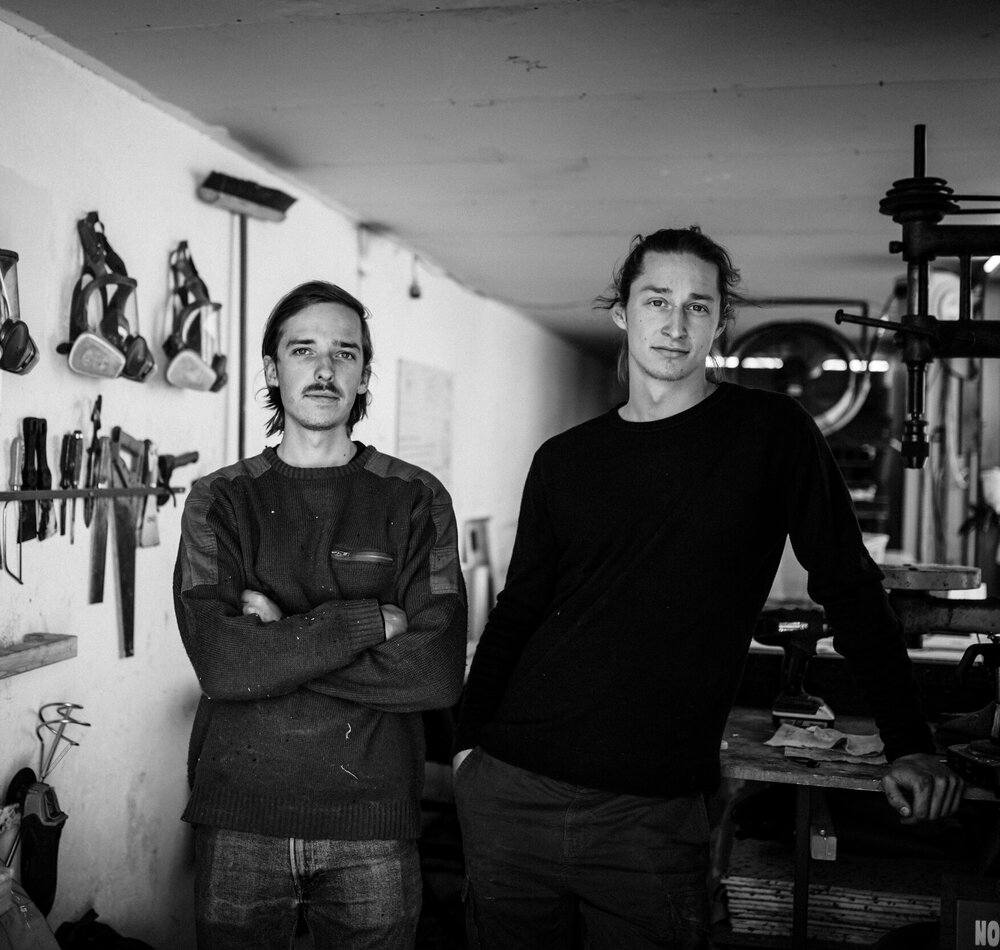
Marten en Joost | Foto door Jos Kottmann
#ASK: Marten van Middelkoop & Joost Dingemans from Plasticiet
Plastic has a reputation problem, in part because many people tend to think of organic cotton and biodegradable materials when we talk about sustainable materials. But then we ignore the fact that recycling plastic is an exceptionally good way to give existing plastic a new life. And that is exactly what the Rotterdam-based company Plasticiet does. Instead of wasting it, they transform plastic into beautiful, strong and functional materials, inspired by natural stone. The result is a series of fresh and aesthetic terrazzo designs that are then transformed into timeless design objects, both by themselves and by other designers. For example, they were responsible for furnishing an Ace & Tate store, a display for Collectible Curates at MAD Paris, the interior of a London hairdresser, the entrance of the Interieur Biennale Kortrijk as well as their own series Mother of Pearl.
During Rotterdam Art Week, you can visit their studio in the STEUR building in Rotterdam, which will be open to visitors for the occasion. Gilbert Curtessi is the driving force behind this breeding ground for creatives. He wanted to create a place for makers from various disciplines, which is why you’ll find studios there of artists including Ward van Gemert and Laurids Gallée and designers like Sabine Marcelis. What is it like to work in such a dynamic place? For this edition of #ASK, we ask a number of questions to the faces behind Plasticiet: Marten van Middelkoop & Joost Dingemans.
How and why did you start Plasticiet? Where does your focus on sustainability come from and do you still have big dreams that you want to achieve with Plasticiet?
We started Plasticiet while we were studying at art school, where we were tasked with maneuvering a future economy, actually envisioning it. I (Joost) always have trouble realising my designs when I use virgin (brand new) material, so recycling or sustainable creation is a must for me. Marten and I have been to India, where we saw all kinds of craftsmen on a small scale, working in the most creative ways, making utensils for the local industry, all made from waste. This was, and still is, a huge source of inspiration for us; nothing has to be wasted. We decided during the process that we wanted to make a semi-finished product from plastic, to allow users to let their own creativity flow, but also to take responsibility. What you make yourself is worth more than something you buy in a store. Our dream is to produce in such a way that we can find the focus to design as much as possible with the material ourselves. This would mean that we are releasing a large amount of recycled plastic into the world and that we can fully pursue our passion.
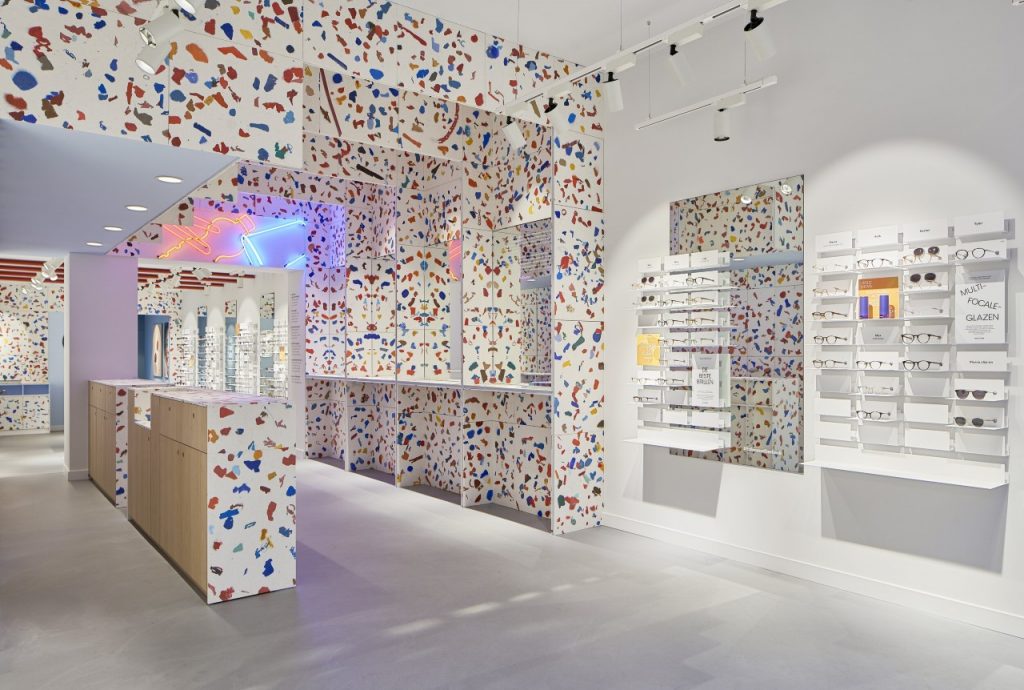
What is it like to work in the STEUR Building? What makes this breeding ground special and in what ways can you further develop your practice there?
We have been in the building for about 4 years now. What makes this place special is that there are all kinds of different creatives and that you are outside of the busy city centre, in an industrial area that sometimes appears deserted. But a lot has changed over the past four years and more and more people and restaurants/cafés are heading this way. There’s an element of fun to that, but it’s also a clear form of gentrification. At the moment we have the freedom to do what we want without causing a lot of inconvenience, because it is so sparsely ‘populated’ here.
How would you describe your relationship with the city of Rotterdam?
I moved here about 8 years ago while I had never actually been to Rotterdam. I started to appreciate the city more and more and when I come home, now barely recognise my past life. Rotterdam can be an ugly city at first, but as it grows on you, you start to find the pearls that actually make the city what it is. I feel at home here.
Magazine
Rotterdam Art Week 2022 Review
retrospect Rotterdam Art Week 2022
...
Read more
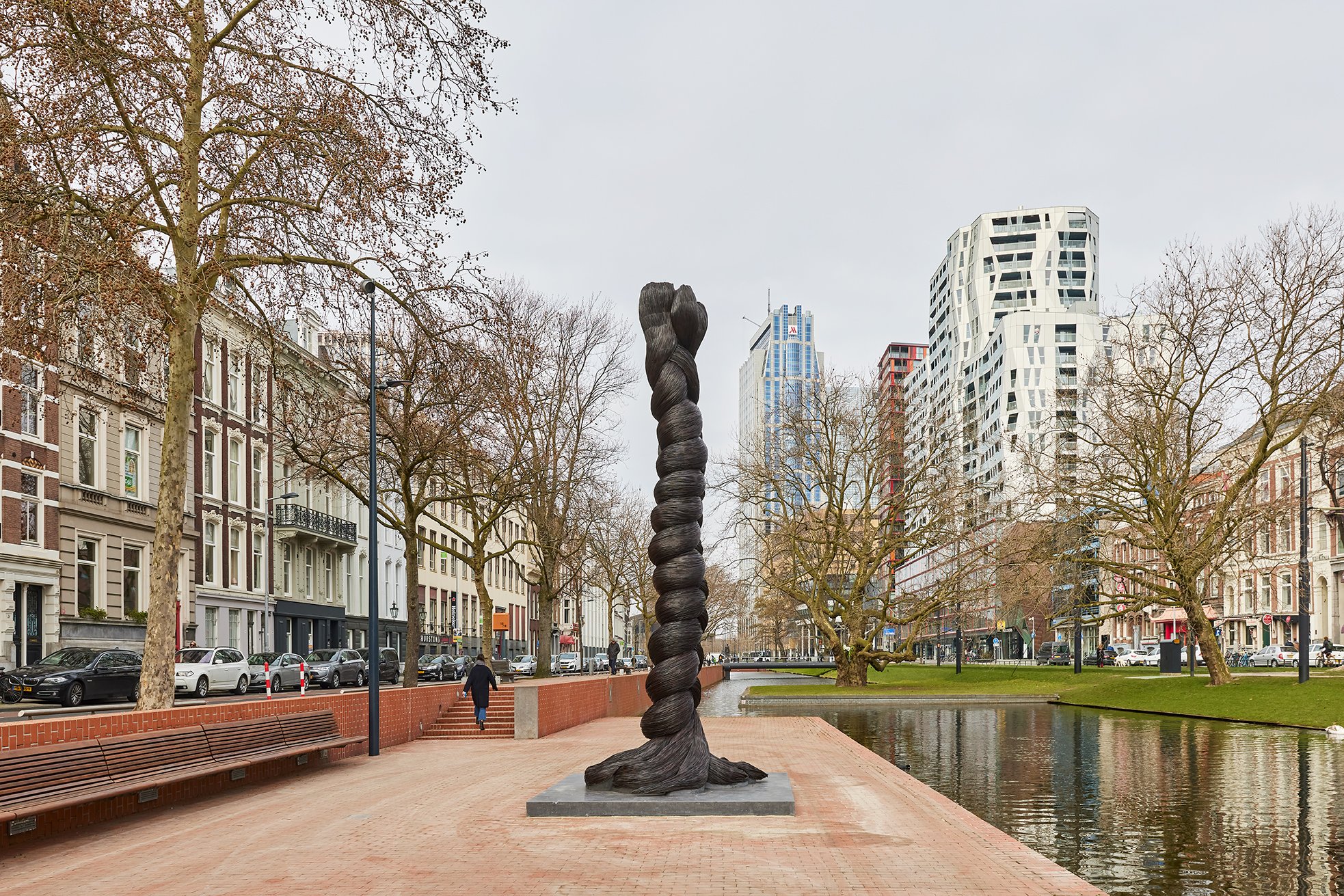
Sculpture Park: New part of Art Rotterdam emphasizes ties with the city
Rotterdam has an internationally unique collection of more than 50 large public works of art...
Read more

#ASK: Marten van Middelkoop & Joost Dingemans from Plasticiet
Plastic has a reputation problem, in part because many people tend to think of organic...
Read more
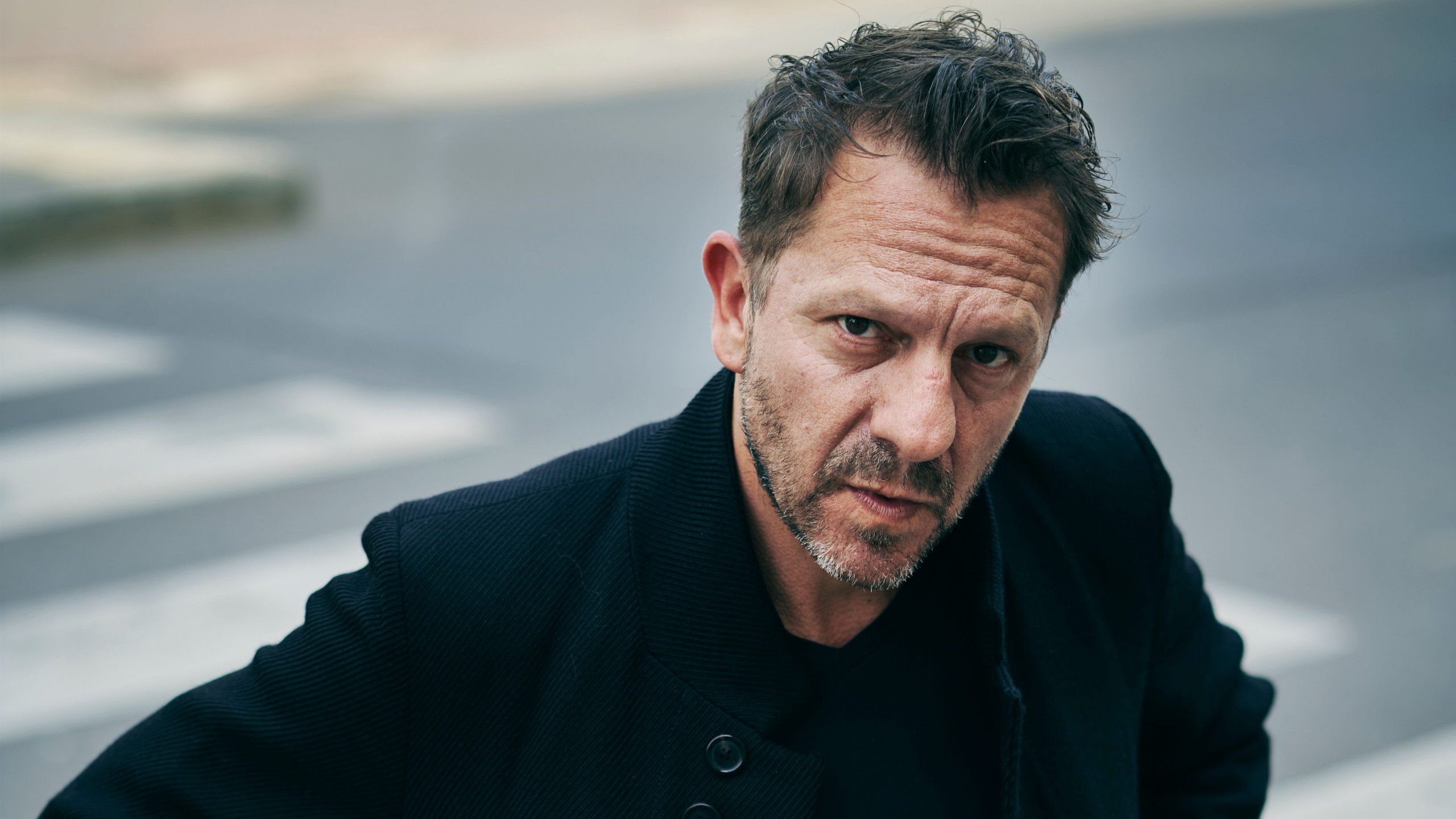
#ASK: Tom Barman
On Tuesday 17 May at 17.00, an exciting solo exhibition will open by the Belgian musician, director and photographer Tom Barman. The opening will also mark the official opening of...
Read more
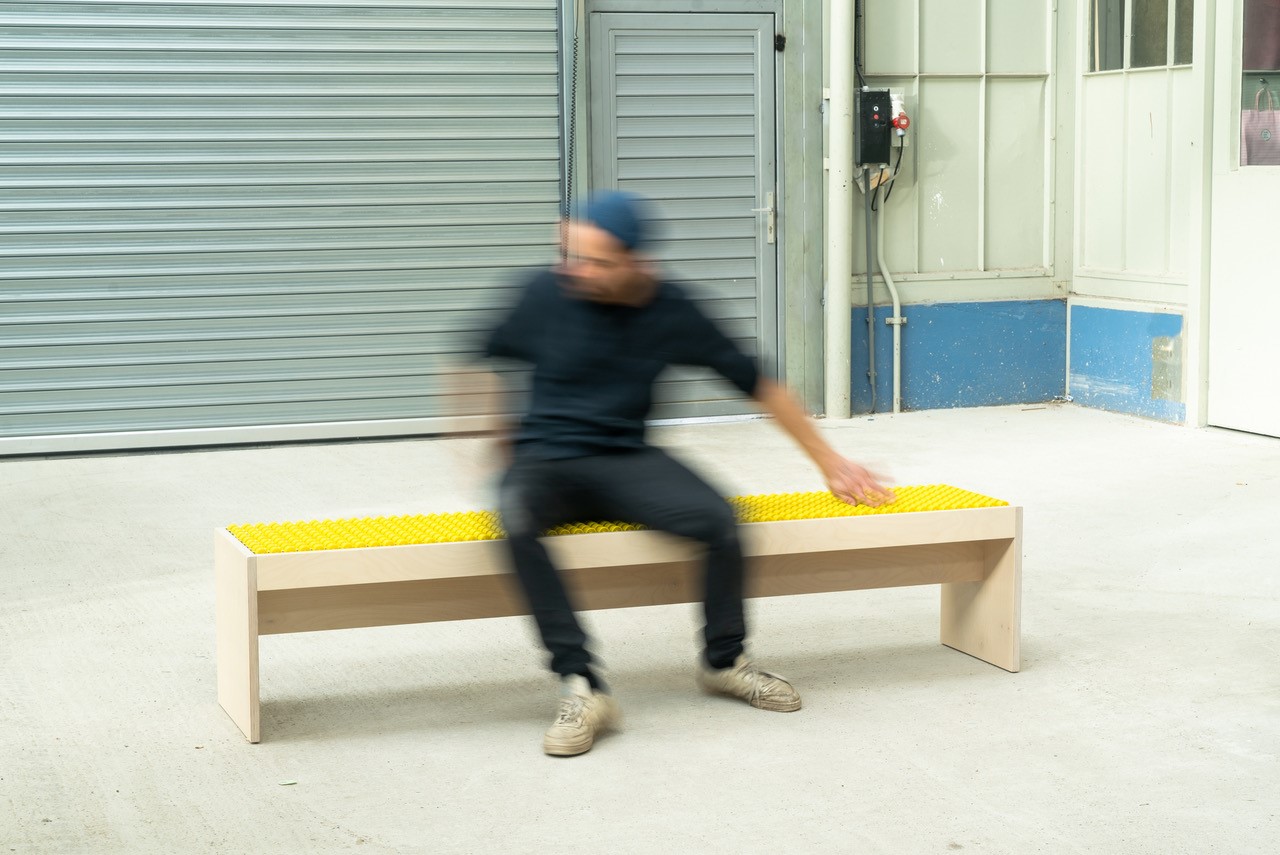
#ASK: Johannes Langkamp
You may have already spotted the innovative work of the German artist Johannes Langkamp in the new exhibition 'Art is the Antidote' in Museum Voorlinden. Or in the new depot of Museum...
Read more
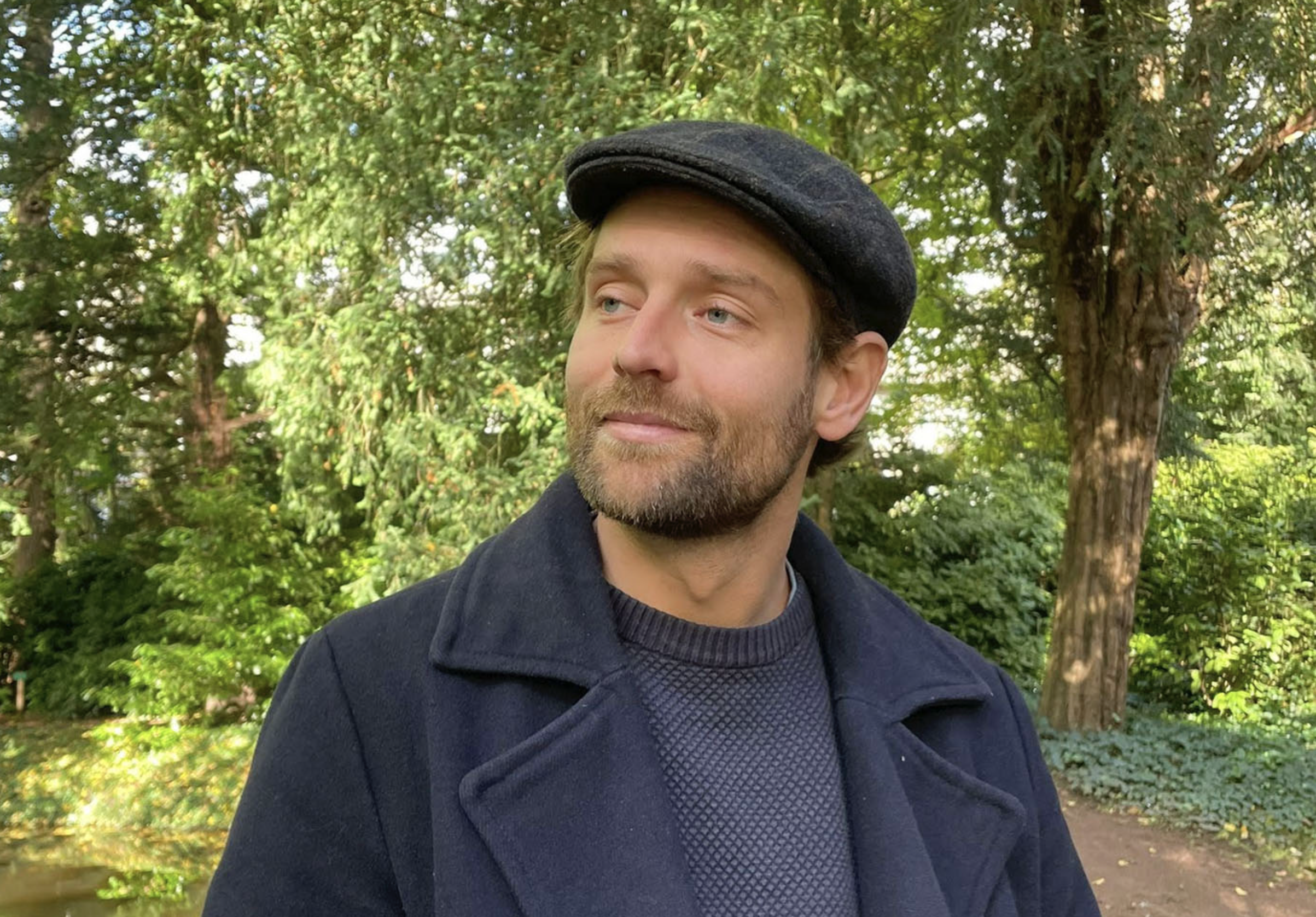
#Ask: Fela Donker of the Kunstenaarsbal
Are you ready for a unique party in which visual art, photography, performance, theatre, audiovisual art and music come together? At the Kunstenaarsbal in De Doelen you get a chance...
Read more

Featured: M4H during Rotterdam Art Week
During Rotterdam Art Week, you should definitely explore the dynamic Merwe Vierhavens area, which owes its name to the four ports that are located in this neighbourhood. Besides classics like...
Read more
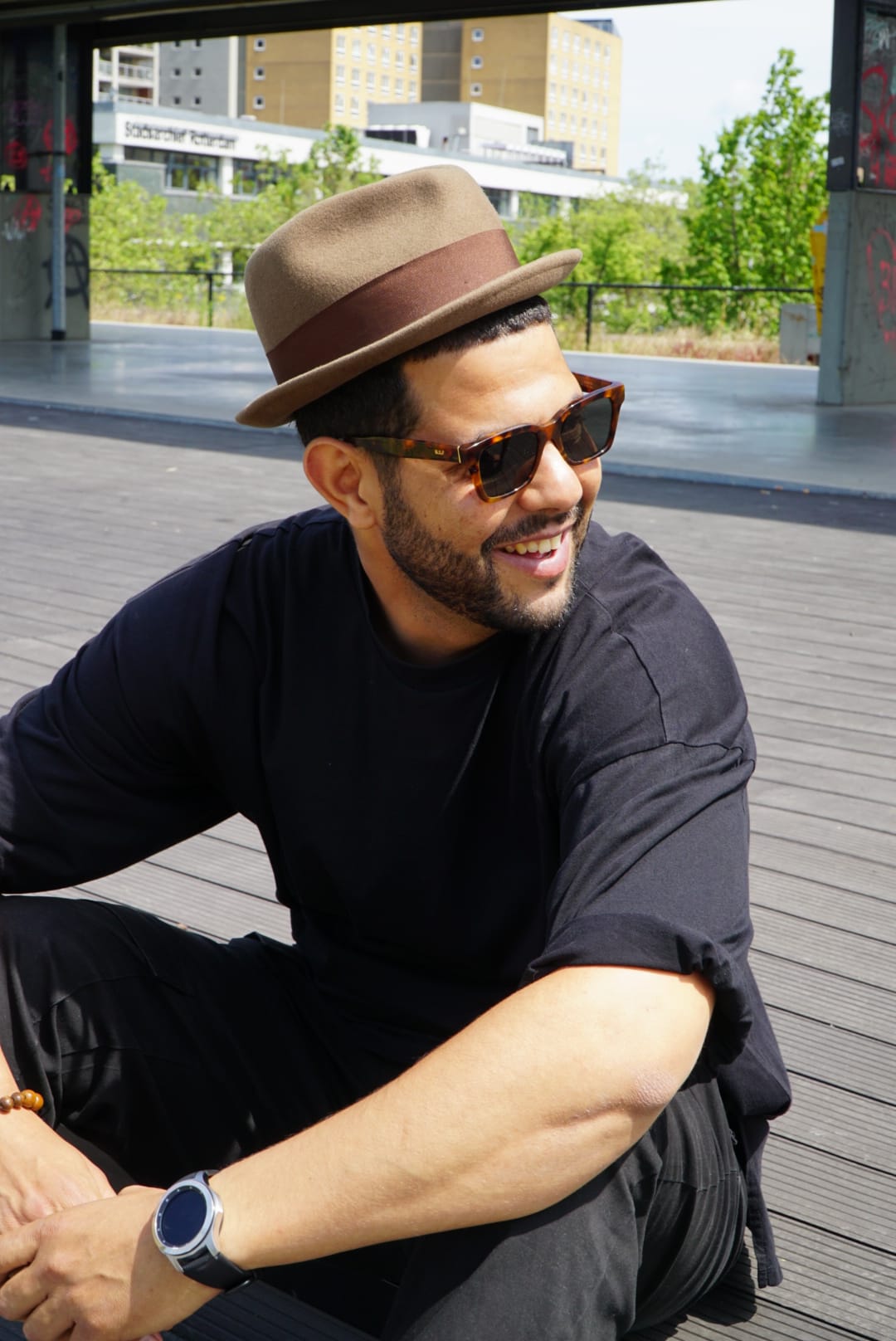
#ASK: Houcem Bellakoud
On 21 and 22 May, Unity in Diversity (UID) will present the Art Market, in...
Read more
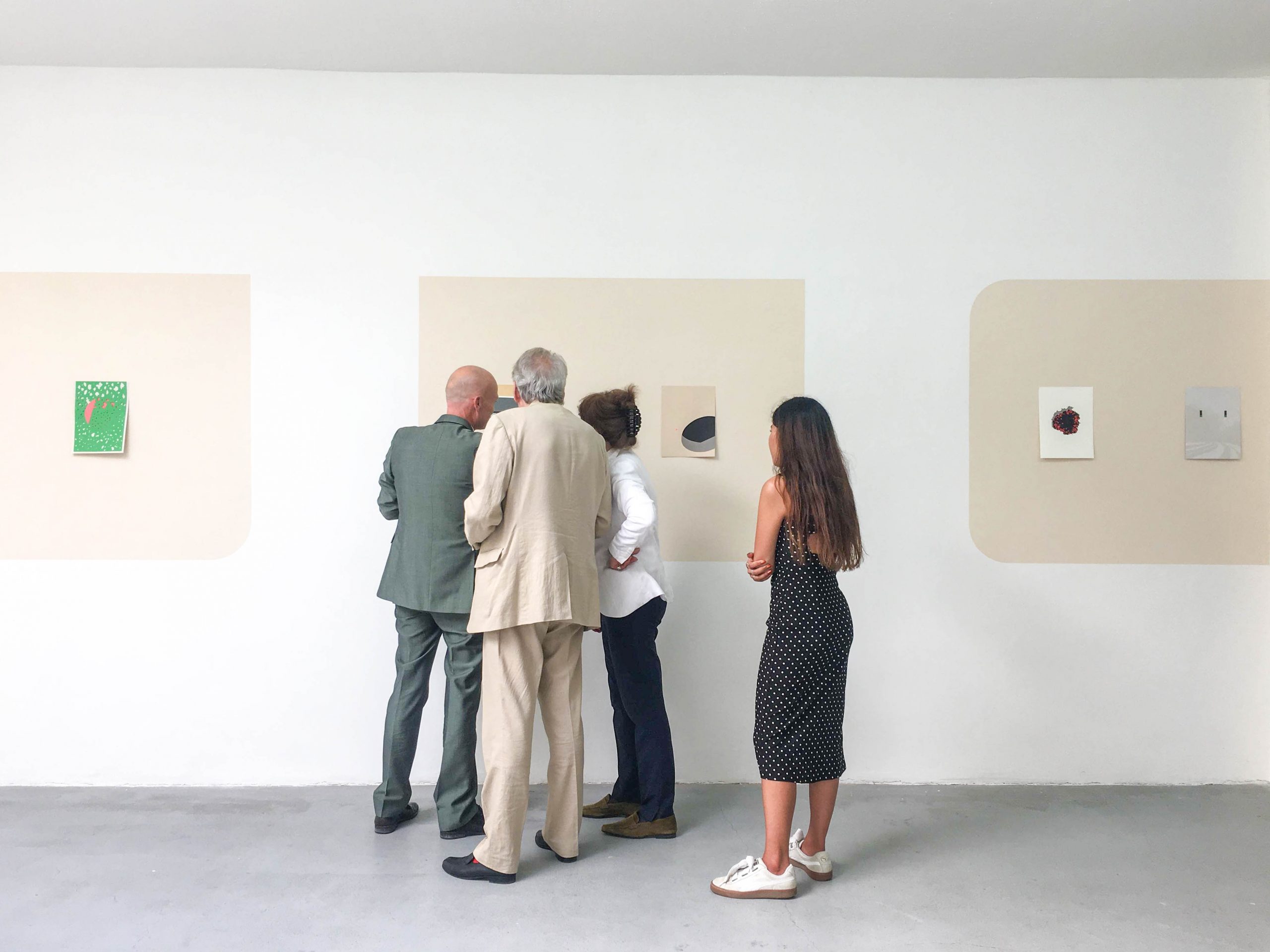
#ASK: Erika Vati from Art Index Rotterdam & tour partner Anne-Marie Ros
Of course, you two are insiders when it comes to art, culture and design in...
Read more




